The low back (lumbar spine) along with the shoulder and knee are the most common structures to be injured by competitive swimmers during training and competition.
High performance swimmers often sustain back injuries due to the repetitive movements of hyperextension (arching the back), flexion (bending forwards) and rotation.
All swimming strokes maintain some degree of hyperextension of the lower back to maintain the streamlined position (Fig. 1).
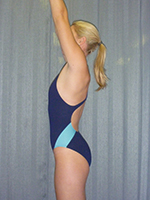
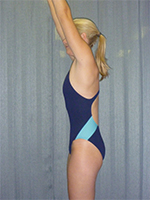
Figure 1. Exaggerated hyperextension vs. appropriate streamlined position.
This position is greatly exaggerated by butterfly and breaststroke and to some extent freestyle due to their undulating styles. High intensity training of these strokes can place excessive load on the discs (lie between the vertebral bodies) and the spinal joints (positioned to the rear of the spine). Â
Damage to the disc is often termed disc degeneration (DD). This can manifest in several forms: disc bulge, prolapse and disc herniation (Fig. 2).
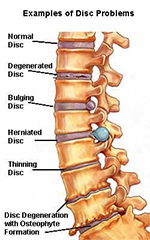
Figure 2. Different types of disc injury presentations
Damage to the Spinal joints is often termed Spondylosis (Fig. 3a) or in severe cases Spondylolithesis (Fig. 3b).
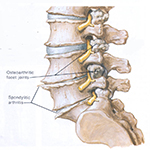
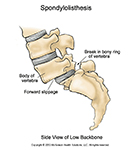
Figure 3. (a) Spondylosis (b) Spondylolisthesis
A recent Japanese swim study compared high load swimmers at Olympic level with low load swimmers at Club Level and found there was almost 3 times more incidence of disc degeneration (DD) in the high load swimmers.
In comparing the differing strokes 80% of the DD was found in freestyle (as the majority of training drills is concentrated around freestyle). The most commonly effected area at 60% was the junction where the lumbar spine articulates with the sacrum and known as lumbar-sacral Junction (L5/S1). This also corresponds to the joint with the least amount of movement in the lumbar spine.
It is at this junction that considerable stress can occur from the repetitive extension and rotation that results from freestyle (Fig. 4).
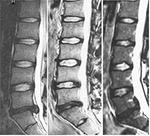
Figure 4. Magnetic resonance images of 3 swimmers who had severe low back pain at the competition that revealed they had herniated discs at L5-S1 segments (Kaneoka et al. 2007).
What we can learn from these studies?
It is evident that distance swimming is a risk for lumbar disc disease most likely due to the repetitive strain from prolonged swimming as shown from the high load swimmers results.
It is essential that swimmers who are training for distance events or increasing their training program should incorporate a prevention exercise program to prevent an occurrence of low back pain.
An additional evaluation of the swimmers stroke should be carried out as it may be contributing to the lumbar strain.
Other Contributing factors
These can be divided into external and internal components.
External i.e. in the pool
- Unilateral breathing: Breathing to one side only causes continual spinal rotation to the same side.
- High head position: Creates excessive lumbar spine extension to maintain the legs from dropping.
- Excessive kick board use: Causes a compression load at the lumbar pelvic junction.
Internal Components
- Poor lumbar pelvic strength / Core Strength: Increases load on spinal joints, ligaments and finally discs.
- Tight hamstrings and hip flexors: Restricts the fluid movement of the pelvis.
It is therefore essential for any swimmer who takes swimming seriously to maintain a strong and flexible spine (2).
Core exercises for swimmers (Fig. 5)
- Lower abdominal activation in standing
- Plank
- Plank and Fit ball (advanced)
- Side plank
- Leg drops
- Rotations
- Bridge one and Two Leg (2)
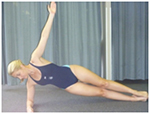 |
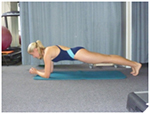 |
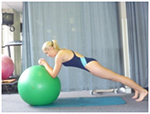 |
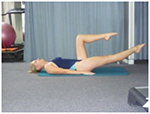 |
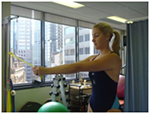 |
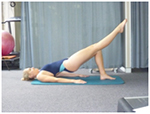 |
Figure 5. From left to right – side plank, plank, fit ball plank, leg drops, rotations & one leg bridge.
References
- Kaneoka et al., 2007, Lumbar Intervertebral Disc Degeneration in Elite Competitive Swimmers, American Journal of Sports Medicine, vol. 35, no. 8, pp.
- 17th FINA World Sports Medicine Congress
